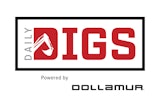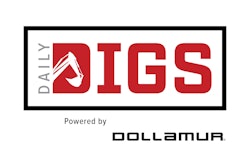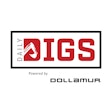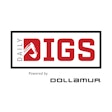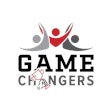The display on a piece of cardio equipment is the machine's face - and, very often, its handshake. For years, stepping on a piece of equipment meant making that first-time introduction over and over, notes Adam Hubbard, director of product management at Woodinville, Wash.-based Precor. "I use the analogy of the arcade experience," he says. "If you think back to the '80s, you dropped your quarter into an arcade game, and it didn't know who you were. Everyone was delivered the same experience. And when your quarter was up, it reset. Move that over into the fitness world - well, every time you work out, if you really want a more accurate calorie count, you have to tell it your age, and if you want more accurate heart rate information, you tell it your age and weight, and so forth. As soon as that workout's over, it's all gone. But with our new products, we can move beyond that, where we start to personalize the experience for each user."
The touch screen, both more intuitive and more efficient at organizing layers of functionality, has been vital to this evolution. However, the real mover has been the development of networked equipment, which is both changing the experience of the user and pointing to rapid future change in the nature of the user interface.
Technogym, the Cesena, Italy-based manufacturer, made a splash two years ago with Visioweb, the first networked equipment, and upped the ante considerably by using Visioweb as the portal to its new mywellness Cloud digital platform that "stores data in a central server and allows operators to create an ecosystem around the facility to attract and engage members though their phones, tablets and computers," according to the company.
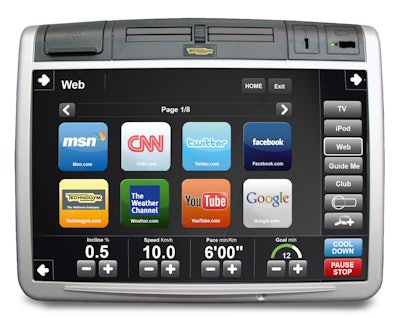 touch_the_screen.jpg
touch_the_screen.jpg
Likening Precor's network-connected P80 console, its top-of-the-line user experience, to an industrial-grade tablet, Hubbard says that even he is surprised by the rapid pace of change. "A few years ago, when fitness equipment manufacturers sold a piece of equipment, that was the best it was ever going to be. To get an update, you had to buy the next generation of equipment," Hubbard says. "Now, we can continually enhance features and provide new, rich data to improve the experience, and at the same time keep it personalized to each user. It's a big paradigm shift for us."













